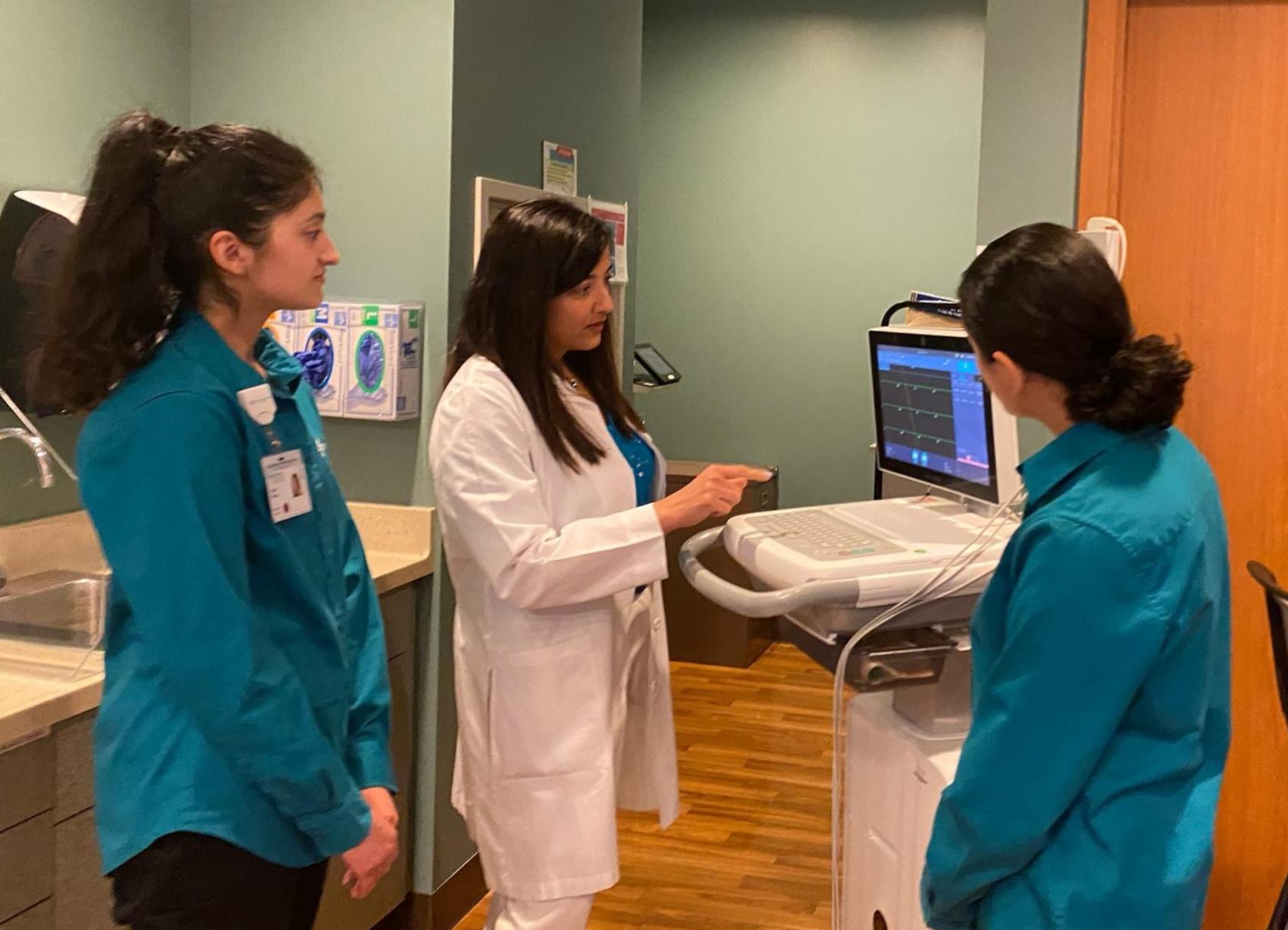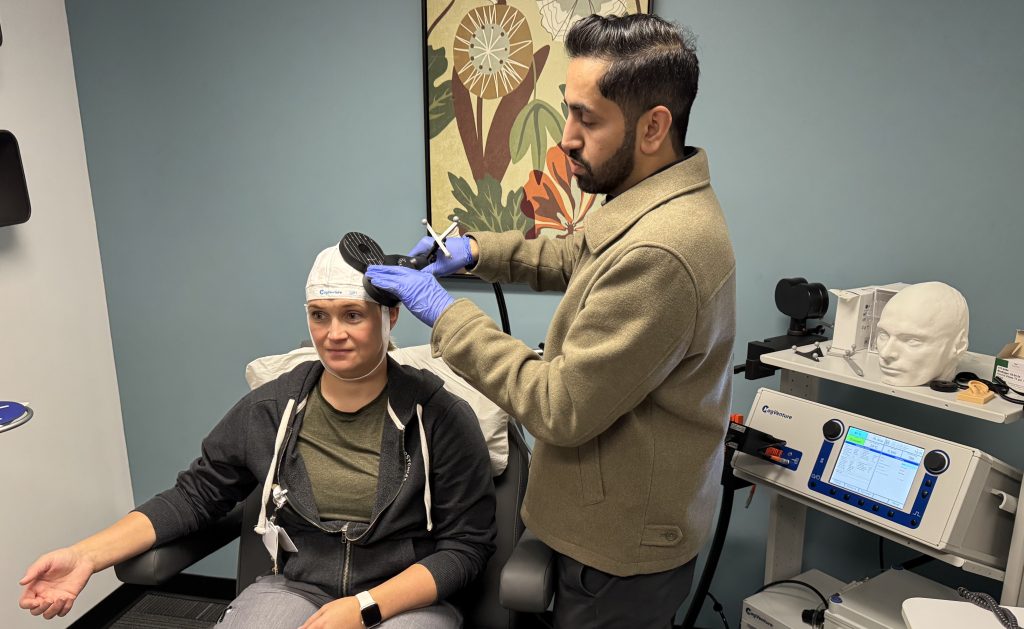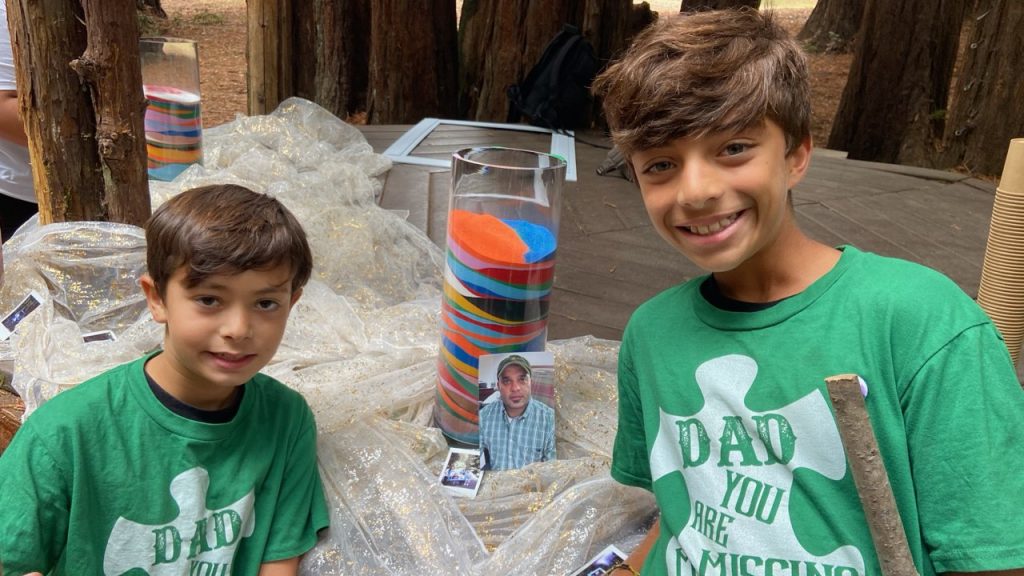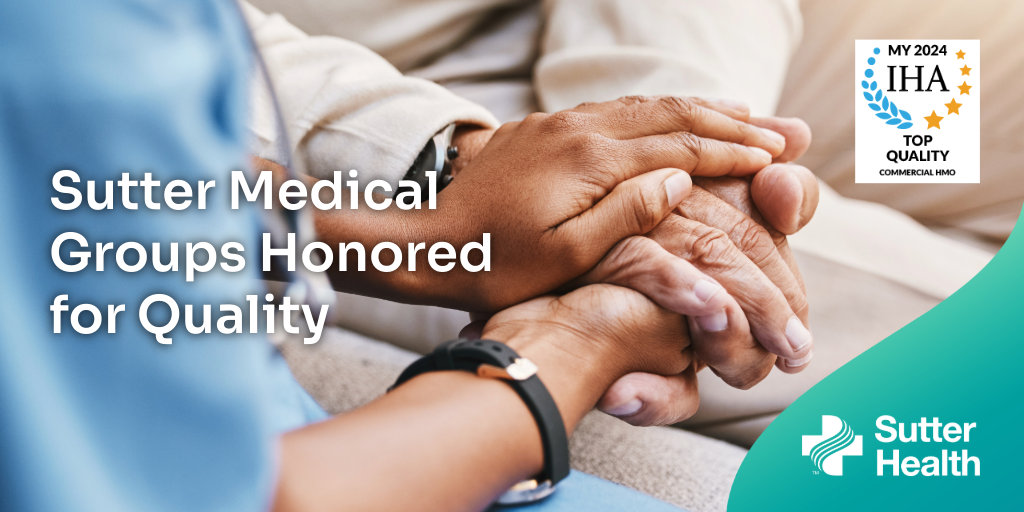Cardiologist Mahazarin Ginwalla, M.D., (pictured, center) has mentored students at Mills-Peninsula Medical Center in Burlingame.
By Jennifer Modenessi, Vitals contributor
As a former emergency medical technician, Bilal Arshadullah knows how to care for people in urgent and often intense situations.
But during his time shadowing a Sutter Health doctor as part of a Santa Clara University Health Care Ethics internship program, the Cupertino resident discovered that his path might not lead to the fast-paced world of emergency medicine. Watching Palo Alto Foundation Medical Group primary care physician Anjali Sagdeo interact with patients in her Los Gatos office, Arshadullah grew inspired by the doctor’s kind and compassionate approach to care. “That experience opened me up to the idea of primary care as a specialty that I want to go into,” he says.
Gaining clarity about a career path in the medical field is just one of the many benefits of a clinical shadowing program—and the experience isn’t just for pre-med students. As the demand for healthcare workers grows, Sutter Health is creating more opportunities for people who are interested in a range of medical careers to observe providers. These opportunities are especially critical in the greater Silicon Valley community, where Sutter is expanding its footprint with a number of new care centers to support the area’s 3.5 million residents.
Opportunities and Impacts
In Burlingame, Mills-Peninsula Medical Center is launching a clinical shadowing program that lets hospital volunteers observe physicians and gain valuable exposure to daily responsibilities such as patient care, medical decision-making, documentation and teamwork. The program is open to adults 18 years and older with at least one year of experience volunteering at Mills. Volunteers must also be in good standing and make a one-year commitment to the shadowing program.
Cardiologist Mahazarin Ginwalla, M.D., has mentored students in the past and will be pairing up with volunteers at Mills-Peninsula. She knows firsthand the kind of profound impact these opportunities can have.
One of the students who recently shadowed Dr. Ginwalla was a software engineer who was considering a career change. The physician recalls the engineer’s deep interest and the initiative she took to read up on patient issues and ask questions. “It was great to see her passion and excitement,” Dr. Ginwalla says.
The clinical shadowing participant was so motivated by the experience that she left her job and enrolled in medical school. Today, she’s a physician who does research in biomedical engineering. “She has shared how valuable her shadowing experience was and how she is so happy that she made the career switch,” Dr. Ginwalla says.
Career Pathways
In Santa Clara County, the Palo Alto Foundation Medical Group has partnered with Santa Clara University to create clinical shadowing opportunities for 18 SCU students enrolled in the undergraduate Health Care Ethics internship program there. Participants are required to complete a minimum of 16 hours of clinical observation and are matched with physicians based on specialty, interest and geographic location. So far, 35 SCU students have shadowed PAFMG physicians. An additional 16 students will participate next spring.
While he wrapped up his PAFMG clinical shadowing program last spring, former participant Arshadullah has moved on to his next learning experience with Sutter Health: He’s now the inaugural Health Equity and Innovation Fellow at the nonprofit Peninsula Healthcare Connection, a paid opportunity that’s an outgrowth of the collaboration between Sutter Health and Santa Clara University. When that’s over, there’s still a good chance that Arshadullah will be contemplating his next move at Sutter Health once he finishes medical school.
“I would absolutely be interested in working at Sutter in the future,” he says. “Sutter Health does a really good job of creating a welcoming environment.”





